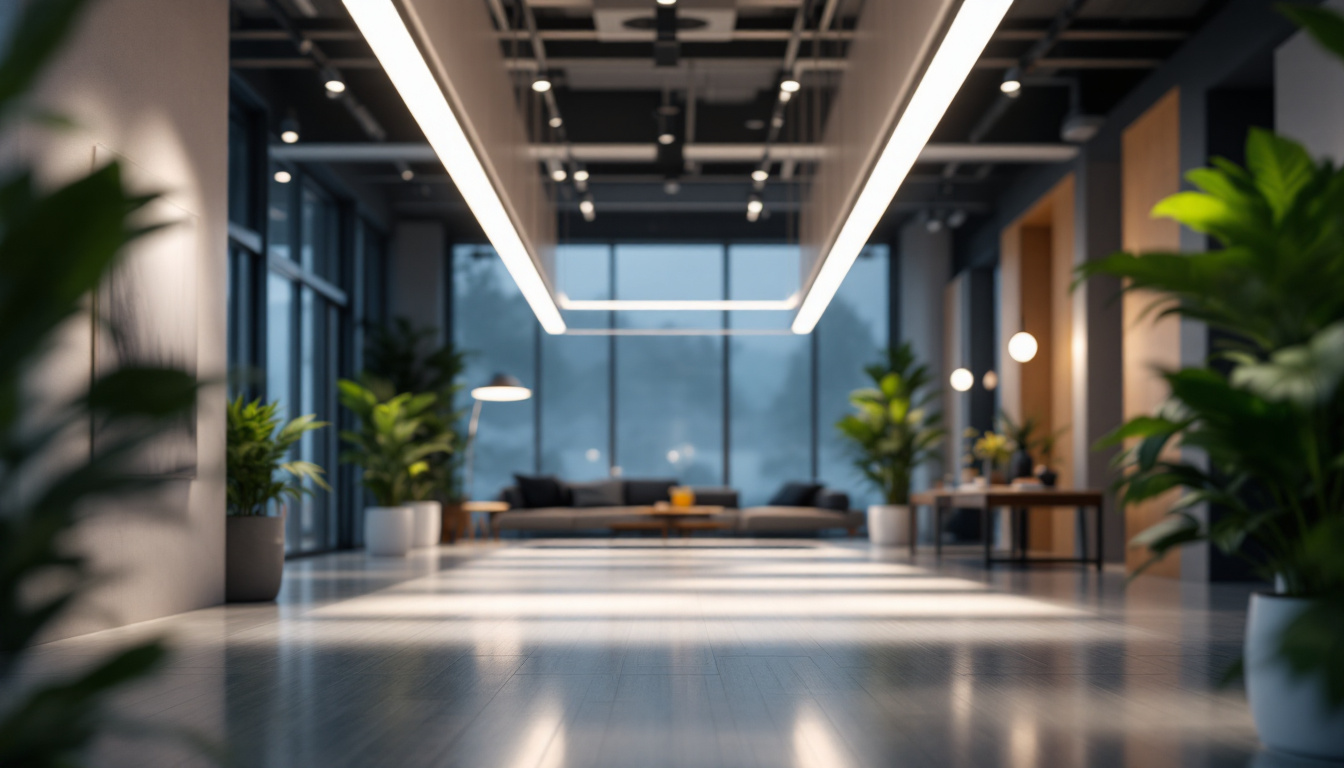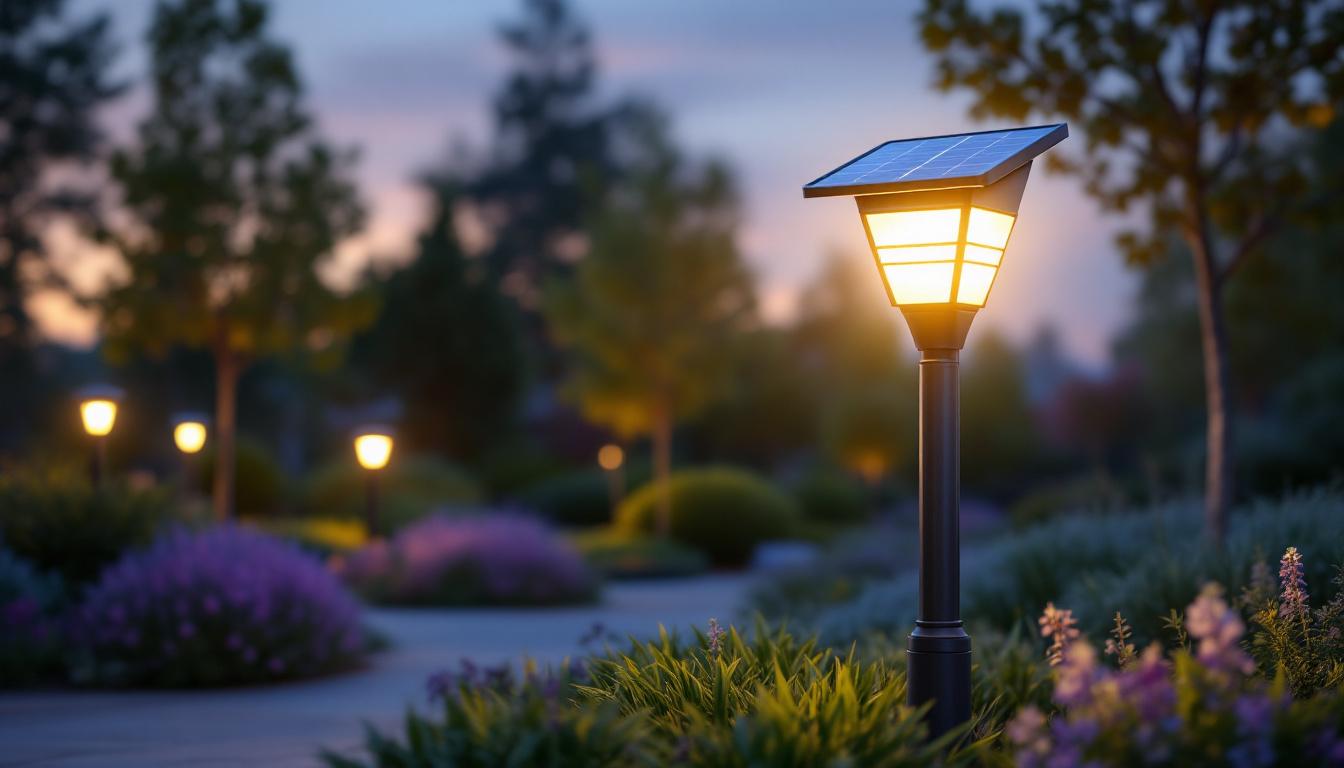
In the ever-evolving landscape of technology and design, lighting projects face unique challenges and opportunities. As a lighting contractor, understanding how to future-proof these projects is essential to ensure longevity, efficiency, and adaptability. This article explores key strategies and considerations that can help lighting professionals stay ahead of the curve.
Future-proofing refers to the practice of anticipating future changes and ensuring that current systems can adapt to those changes without requiring complete overhauls. In the context of lighting projects, this involves selecting technologies, designs, and installation methods that can accommodate advancements in energy efficiency, smart technology, and aesthetic trends.
One of the most significant aspects of future-proofing lighting projects is prioritizing energy efficiency. As regulations become stricter and energy costs rise, clients are increasingly looking for solutions that minimize consumption while maximizing output.
Utilizing LED technology is a prime example of how to achieve this. LEDs not only consume less power but also have a longer lifespan compared to traditional lighting options. By incorporating energy-efficient solutions, contractors can provide clients with sustainable options that reduce operational costs over time. Furthermore, the shift towards renewable energy sources, such as solar power, can further enhance the sustainability of lighting projects. By integrating solar-powered lighting solutions, especially in outdoor applications, clients can enjoy reduced energy bills and a smaller carbon footprint, aligning with global efforts to combat climate change.
The integration of smart technology into lighting design is becoming more prevalent. Smart lighting systems allow for greater control, customization, and efficiency. They can be programmed to adjust based on occupancy, time of day, or even the ambient light levels.
When designing lighting projects, it is crucial to consider how these systems can be integrated seamlessly. This may involve selecting compatible fixtures, controllers, and sensors that can communicate effectively. By doing so, contractors can ensure that their projects remain relevant as smart home and building technologies continue to advance. Additionally, the potential for remote access and control through mobile applications adds a layer of convenience for users, allowing them to manage their lighting systems from anywhere. This not only enhances user experience but also encourages energy-saving habits, as users can monitor and adjust their lighting usage in real time.
design trends in lighting are constantly evolving. What is popular today may not resonate with clients in the future. Therefore, it is essential to remain flexible in design choices while also considering timeless elements that can withstand changing tastes.
Incorporating adjustable fixtures, modular designs, and customizable options can help cater to diverse client preferences. This adaptability not only enhances the aesthetic appeal of a project but also allows for modifications without significant additional costs. Moreover, the use of sustainable materials in lighting design is gaining traction, as clients become more environmentally conscious. By choosing fixtures made from recycled or eco-friendly materials, designers can not only enhance the visual appeal but also align with the values of their clients. The fusion of innovative design with sustainability can create striking lighting solutions that are both functional and responsible, ensuring that projects remain appealing and relevant for years to come.
The materials and technologies chosen for a lighting project can significantly impact its longevity and adaptability. Selecting high-quality, durable materials ensures that the installation can withstand the test of time, while also being able to accommodate future upgrades. Moreover, the choice of technology, such as LED versus traditional incandescent bulbs, can influence not only energy efficiency but also the overall aesthetic appeal of the space.
Durable materials such as corrosion-resistant metals, high-grade plastics, and robust glass can enhance the lifespan of lighting fixtures. Furthermore, understanding the maintenance requirements of different materials can help in selecting options that minimize long-term upkeep costs. For instance, fixtures made from stainless steel or treated aluminum are not only resilient against environmental factors but also require less frequent cleaning and servicing, which can be a significant advantage in high-traffic areas.
Regular maintenance is essential for ensuring that lighting systems operate efficiently. By choosing materials that require less frequent maintenance, contractors can provide clients with a more hassle-free experience, ultimately leading to higher satisfaction and repeat business. Additionally, incorporating smart technology into lighting systems can streamline maintenance processes. For example, smart sensors can alert users when a bulb is nearing the end of its life, allowing for proactive replacements rather than reactive fixes.
Modular lighting systems allow for easy upgrades and modifications. These systems can be expanded or adjusted based on changing needs, making them an excellent choice for future-proofing. For example, a modular system can accommodate additional fixtures or different types of lighting without necessitating a complete redesign. This flexibility is particularly advantageous in dynamic environments, such as offices or retail spaces, where the layout and lighting requirements may evolve rapidly.
By investing in modular technology, contractors can offer clients flexibility that aligns with their evolving requirements. This adaptability can be especially beneficial in commercial settings where the use of space may change over time. Furthermore, modular systems often come with the added benefit of being more sustainable, as they reduce waste by allowing existing components to be reused or repurposed rather than discarded during renovations. This not only supports environmental goals but also appeals to clients who prioritize sustainability in their projects, creating a win-win situation for both contractors and customers.
Sustainability has become a crucial consideration in all aspects of construction and design, including lighting projects. By implementing sustainable practices, contractors can not only future-proof their projects but also appeal to a growing market of environmentally conscious clients.
Integrating renewable energy sources, such as solar panels, into lighting projects can significantly reduce reliance on traditional power sources. This not only lowers energy costs but also contributes to a more sustainable future.
When designing a lighting project, consider how renewable energy can be incorporated. This may involve selecting fixtures that are compatible with solar technology or designing systems that can operate independently of the grid. Such considerations can enhance the appeal of a project while also ensuring compliance with future energy regulations.
Incorporating recycled materials into lighting designs can contribute to sustainability efforts. By using materials that have been repurposed, contractors can reduce waste and promote a circular economy.
Additionally, educating clients about the benefits of recycling and reusing materials can foster a collaborative approach to sustainability. This not only enhances the project’s environmental impact but also strengthens the relationship between contractors and clients.
Effective communication and engagement with clients and stakeholders are vital for successful lighting projects. Understanding their needs, preferences, and concerns can lead to more tailored solutions that stand the test of time.
Before initiating a lighting project, conducting a comprehensive needs assessment is essential. This involves understanding the specific requirements of the space, the intended use, and any potential future changes that may arise.
By engaging clients in this process, contractors can gather valuable insights that inform design decisions. This collaborative approach not only enhances client satisfaction but also ensures that the final product aligns with their long-term vision.
Educating clients about the latest trends, technologies, and maintenance practices can empower them to make informed decisions. Providing ongoing support, whether through training sessions or informational resources, can enhance the client experience and foster loyalty.
By positioning themselves as knowledgeable partners, contractors can build trust and credibility, ultimately leading to repeat business and referrals.
The lighting industry is continuously evolving, with new technologies, regulations, and design trends emerging regularly. Staying informed about these changes is crucial for contractors looking to future-proof their projects.
Participating in industry conferences and workshops is an excellent way to stay updated on the latest advancements in lighting technology and design. These events often feature expert speakers, hands-on demonstrations, and networking opportunities that can provide valuable insights.
By actively engaging in these events, contractors can gain knowledge that can be applied to their projects, ensuring they remain competitive in a rapidly changing market.
Building relationships with other lighting professionals, suppliers, and manufacturers can provide access to the latest products and innovations. Networking can also foster collaboration, leading to shared knowledge and best practices that benefit all parties involved.
By creating a robust professional network, contractors can enhance their understanding of the industry and position themselves as leaders in future-proofing lighting projects.
Future-proofing lighting projects is not just a trend; it is a necessity in the modern landscape of construction and design. By prioritizing energy efficiency, embracing smart technology, and incorporating sustainable practices, lighting contractors can create solutions that meet current needs while remaining adaptable for the future.
Engaging with clients, staying informed about industry trends, and selecting the right materials and technologies are all critical components of this process. By implementing these strategies, contractors can ensure that their lighting projects are not only successful today but also resilient in the face of tomorrow’s challenges.
As the lighting industry continues to evolve, those who embrace change and prioritize future-proofing will undoubtedly stand out as leaders in their field, providing exceptional value to clients and contributing to a more sustainable future.
Ready to elevate your lighting projects with the cutting-edge solutions that stand the test of time? At LumenWholesale, we offer an exceptional range of spec-grade lighting products designed to meet the evolving demands of the industry. Our commitment to quality, affordability, and convenience ensures that you can future-proof your projects while enjoying unbeatable wholesale prices. Say goodbye to inflated markups and hidden fees, and hello to hassle-free bulk buying with free shipping. Don’t compromise on your lighting needs—choose LumenWholesale for the best value in wholesale lighting. Wholesale Lighting at the Best Value.

Discover the must-have tools and techniques for lighting contractors in “Lamppole: Essentials for Lighting Contractors.” This guide illuminates the key components and innovative solutions that ensure successful and efficient lighting projects.

Discover the science behind solar powered bollard lights and their benefits for lighting contractors.

Discover essential strategies for lighting contractors to tackle common challenges in LED driver replacement.

Discover how outdoor solar porch lights are revolutionizing the work of lighting contractors by offering eco-friendly, cost-effective, and easy-to-install solutions.